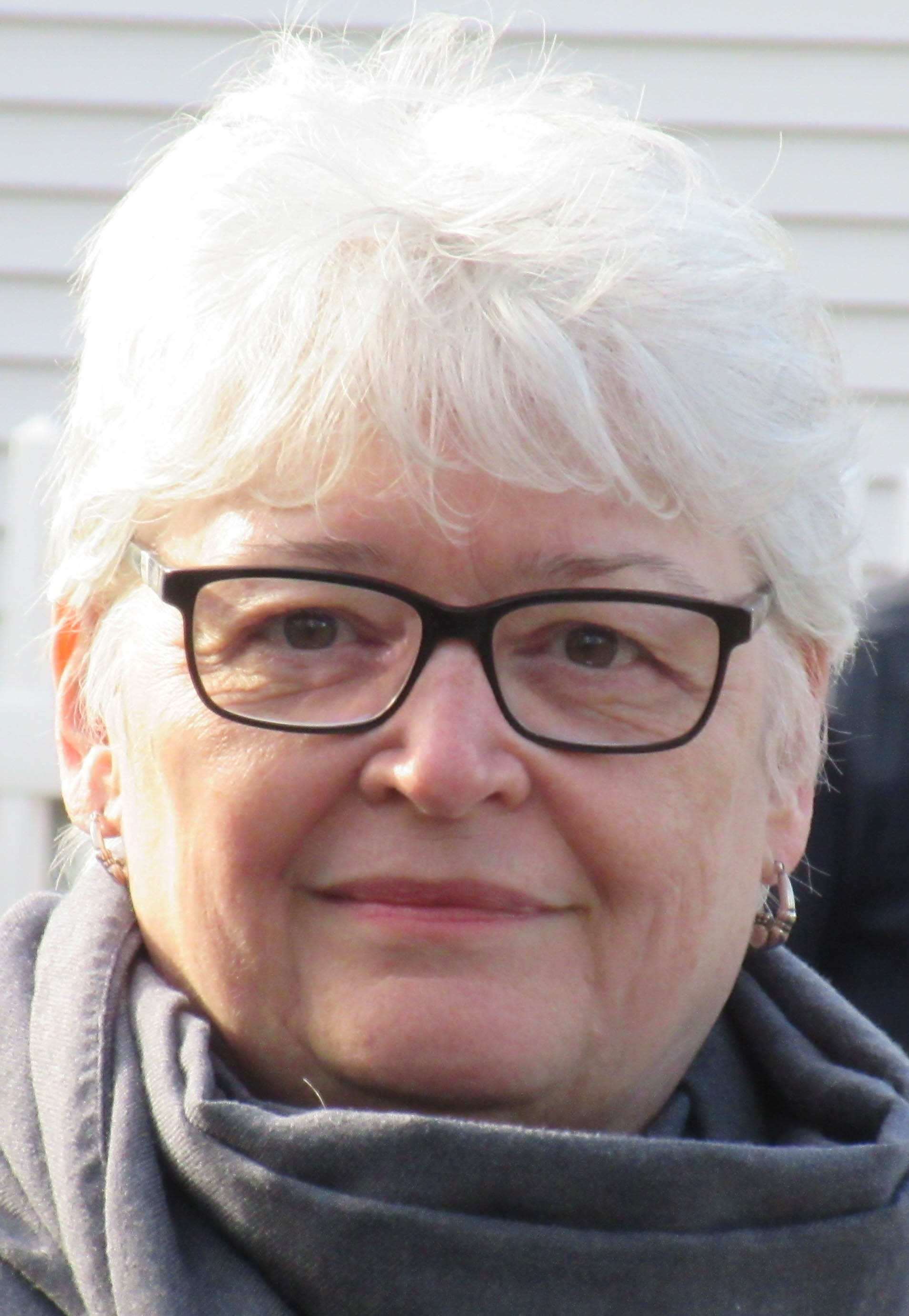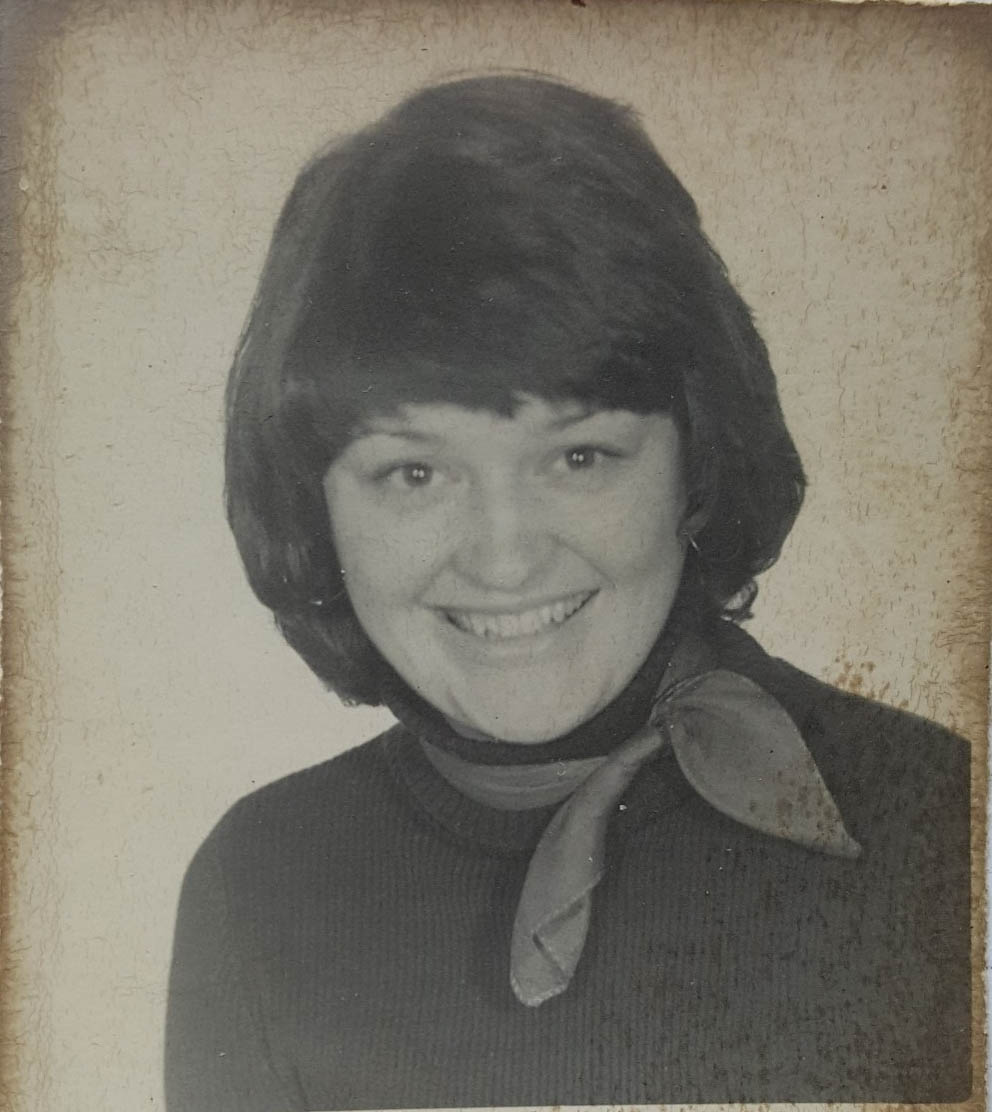An interview with Linda Granfield, who, 49 years ago, arrived in Canada with two pots, two towels, and some books. She would go on to write numerous books about this country’s history, including a book on Pier 21 and a book about the British war brides who arrived here.

You immigrated to Canada from the United States. Can you tell me about that experience?
I came to go into a Ph.D. program at the University of Toronto. In those days they charged $30 to make an application to the university. I was a teaching assistant in Boston, and I had only $30 for applications.
When I told my parents I was accepted, my mother said, “Oh, you're taking the family back to Canada.” And I said, “What do you mean?” She said, “Your grandmother was from New Brunswick.”
I knew no one in this country. I had two orange pots, (orange was on sale), two orange towels, and a few books. That's how I came to Canada. I lived in one rented room with a shared bathroom.
I met my Canadian husband in one of my classes. I paid off my education loan, then married and came to live here permanently.
What did you discover about your Canadian ancestry?
I started building a family tree on Ancestry. My husband had always teased that his people came to Canada earlier than mine; his in the 1830s from Ireland. And then I found that mine came in 1790! Duncan Shaw came to Sackville from Scotland and later moved to Hillsborough, New Brunswick.
William Henry Steeves, who was a father of Confederation, is my first cousin four times removed. I was amazed to discover I am connected with Canadian history.
I also had that grandmother who married a Canadian First World War soldier in England. He was killed in France in August 1918. She received the widows’ money and came to New Brunswick to live with his relatives. She later married my grandfather.
Those New Brunswick relatives emigrated to New England in the 1920s for factory work.
Have you retraced their steps in New Brunswick?
In 2017, I visited Petitcodiac and Hillsborough and saw Duncan's grave. The street where the family farm had been, Shaw Road, has been retaken by nature. It's the way it goes. The family properties were established, but the ancestors die or leave and slowly nature takes over.
How did you start writing books?
I was working in a Toronto children's book store and reviewing children's books, writing about the authors, and learning more about Canada’s history.
One of the publishers asked, “When will you stop writing about children's books and write one yourself?” I couldn’t refuse that invitation. My first book, about Niagara Falls, came out in 1988.
And then you got started writing about Canada’s war history.
That started because of In Flanders Fields - I thought: I don't even know the name of the man who wrote it. Do kids know? And that put me into the First World War research and the book about the poem.
I'm always stunned when people say they dislike history. “Story” is part of the word. The more I’ve learned about Canada’s stories the more connected I feel to the country.

What’s it like being an American-Canadian?
It’s sometimes difficult—I’ve been verbally attacked for coming here from the United States. Some of the Canadian media’s so-called jokes about Americans are offensive; replace ‘American’ with any other nationality and I doubt the material would be allowed or condoned.
With every year, I do feel more Canadian in my outlook. People ask, “Who do you root for in the Olympics?” It's always Canada. I haven’t found Canadians born in the United States use the descriptive “American-Canadian.” We are a culture group that does not celebrate the way Asian-Canadians, or Ukrainian-Canadians or other heritage/immigrant groups do. I hope to see that change.
Can you tell me about how you connected with Pier 21?
I saw the newspaper stories about Pier 21 opening. I first visited the museum for four days in September of 1999. I started going through the resource centre materials; Carrie-Ann Smith was very helpful. The Pier 21 book was published in 2000.
Because there was so much war bride material I left out of that book, I interviewed more of the women for another, Brass Buttons and Silver Horseshoes, published in 2002.
August is your 49th anniversary in Canada. What does it mean to you to be Canadian?
I've learned Canada is my ancestry and my ‘new’ history. It's where I've brought up my family. I've shared Canada's story with almost 2 million young readers during my 30-year career, visiting schools across the country. New Canadian citizens read my books to learn about the country and that’s particularly pleasing because I, too, am an immigrant who became a citizen.
Yes, as my mother said, I’ve brought the family back to Canada and it’s where I choose to be.
Linda Granfield’s book Pier 21: Gateway of Hope can be purchased at the Museum’s gift shop. Her bio can be found here.